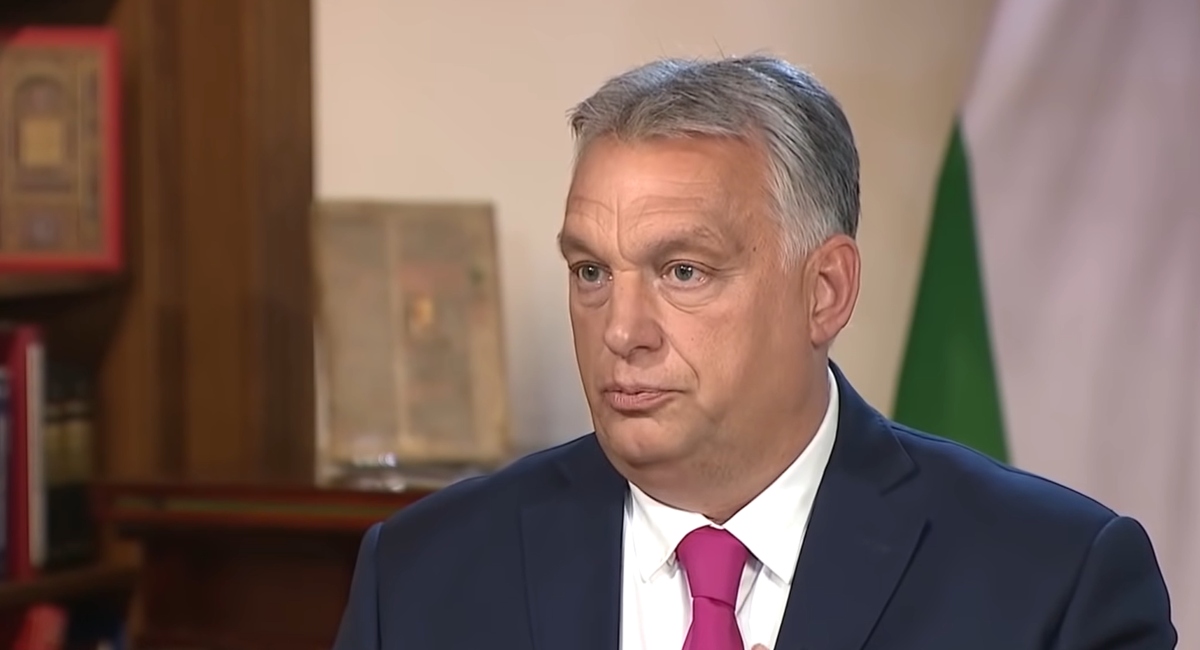PULLING THE PLUG: Another $126 billion pulled by depositors from U.S. banks, Federal Reserve data shows
By ethanh // 2023-04-05
Tweet
Share
Copy

Public trust in the American banking system continues to plummet as depositors drained another $126 billion from United States banks during the week ending March 22, according to new data from the private Federal Reserve.
The largest outflows occurred at big-boy banks, the top 25 of which lost $90 billion on a seasonally adjusted basis. Smaller banks, which suffered massive withdrawals following the collapse of Silicon Valley Bank (SVB) and Signature Bank, have been able to stabilize their outflows somewhat, gaining back $6 billion on a seasonally adjusted basis.
Total industry deposits have cratered to $17.3 trillion, down 4.4 percent compared to the same week in 2022. The current deposit levels are the lowest they have been since July 2021 at the height of the Wuhan coronavirus (Covid-19) "pandemic."
Even before the collapse of SVB and Signature Bank, deposits were already trending downward, falling steadily in the first two months of the year. Deposits for all banks were also down 5 percent annually in the fourth quarter of 2022.
(Related: Two years ago, the entire Federal Reserve payment system crashed due to an "operational error.")
Corporate-controlled media blames "aggressive Federal Reserve campaign to lower inflation" on continued deposit outflows
According to the corporate mouthpieces that control the American media, all of these deposit outflows have nothing to do with waning faith in the U.S. financial system. Instead, it has to do with the Federal Reserve's "aggressive campaign to lower inflation." In some regards, this might be true. Currently, it makes more sense to put one's money somewhere other than a low-interest-bearing bank account, i.e., into a money market account. On the other hand, it is becoming clearer by the day that the American financial system is a house of cards that is ready to fall – if not already in the process of falling. The first year-over-year decline in deposits occurred in the second quarter of 2022, reports indicate. Steadily rising inflation coupled with unanswered questions about the viability of U.S. banks have only continued that outflow trend. Since the beginning of January, investors have poured $508 billion into money market funds, according to a research note from Bank of America. This is the highest quarterly inflow into such funds since an earlier peak during the scamdemic. In the past week, another $60 billion was funneled into these funds, according to reports. Rather than let the chips fall where they may, the private Federal Reserve is once again interfering and changing the rules, which we saw following the collapse of SVB when the Fed promised to cover deposits higher than the $250,000 maximum threshold for Federal Deposit Insurance Corporation (FDIC) coverage. Apparently there were some high-profile depositors at that bank with funds well in excess of the $250,000 limit, so the Fed stepped in to bail them out with a "backstop" scheme that only applies to the rich. "Perhaps the large banks should start paying higher interest on customer accounts," one commenter wrote about what might help the big banks retain customers amid this ongoing exodus. "Today, the rates are absurdly low. The large banks will delay paying higher rates so as long as possible until competition forces them to do so." Another echoed this sentiment, stating that if banks want more deposits, then they need to be competitive with the amount of interest they pay rather than just hoard it all to themselves, which is what most of them continue to do. "Why should I keep my money in a savings account yielding a half a point when I can get four percent somewhere else?" another one asked. How much longer will the corrupt Ponzi scheme known as American finance last before it implodes on itself? Find out more at Collapse.news. Sources for this article include: Yahoo.com NaturalNews.comTweet
Share
Copy
Tagged Under:
economic collapse collapse market crash Federal Reserve banks debt collapse panic risk chaos money supply inflation pensions bubble debt bomb deposits dollar demise currency crash finance riot
You Might Also Like
German reserve force only exists on paper, lacks proper equipment and training
By Arsenio Toledo // Share
Brave New Europe: Pay fine and go directly to JAIL if you use more than $1,000 in cash
By News Editors // Share
Leaked CIA docs: Hungary considers US among its top adversaries
By Ramon Tomey // Share
Recent News
FDA faces mounting pressure as calls for black box warning on COVID vaccines intensify
By patricklewis // Share
Sleep naturally, live consciously: The modern appeal of hemp bedding
By hrseditor // Share
How SODIUM sustains the body and the delicate balance modern diets disrupt
By avagrace // Share
Food as Freedom: Pete Evans fights back against processed poison with metabolic reset strategies
By finnheartley // Share











